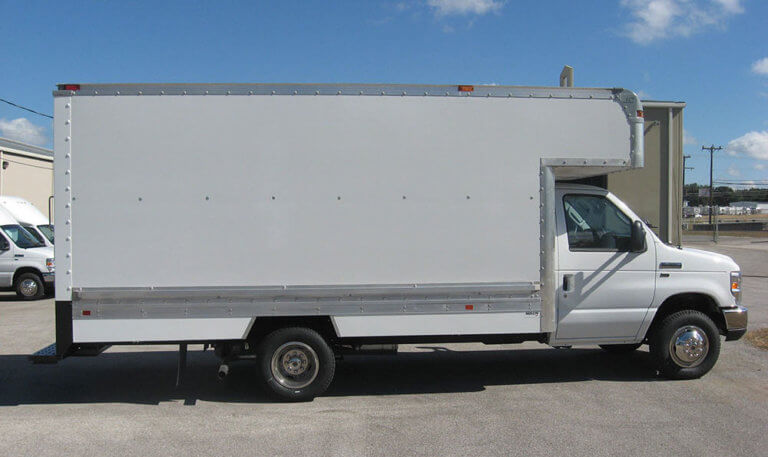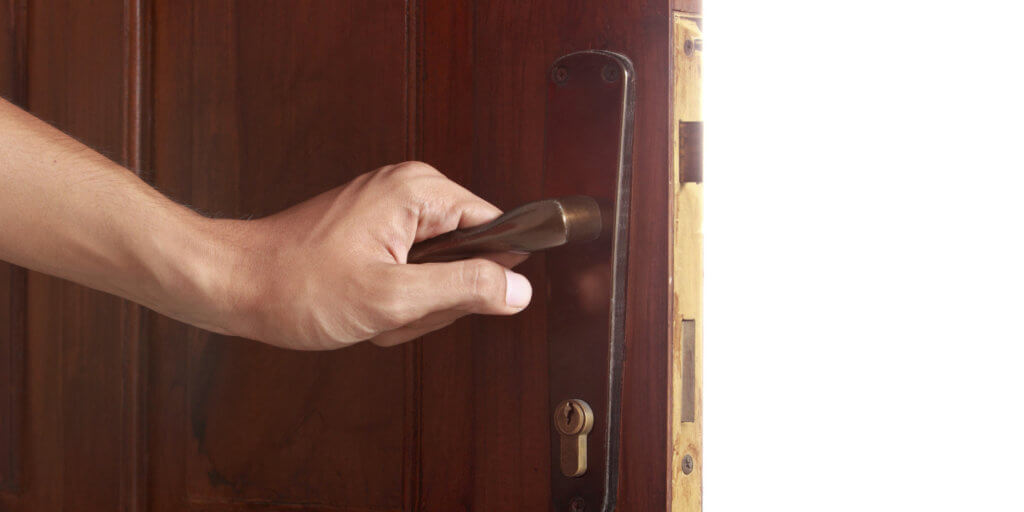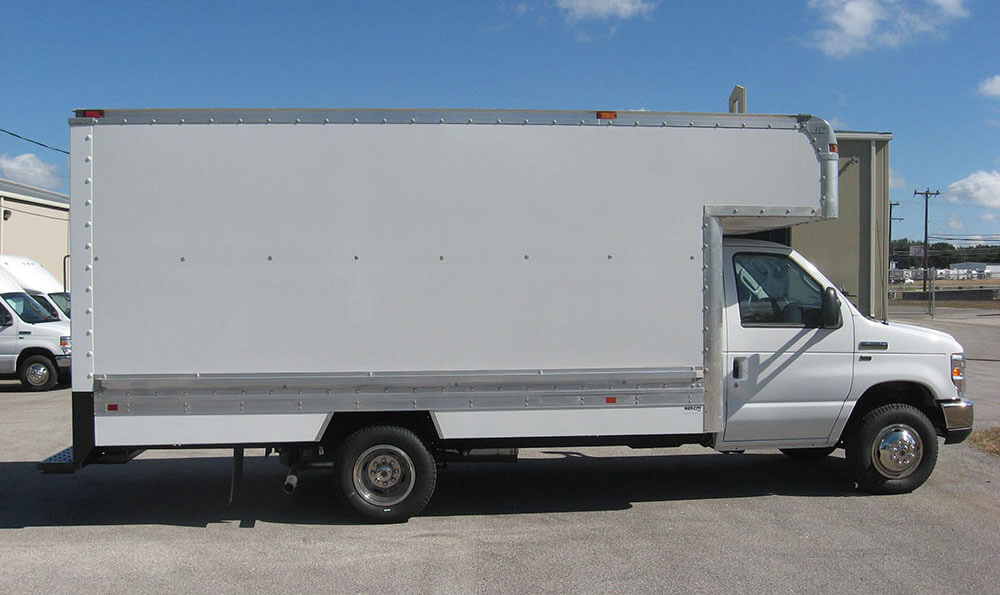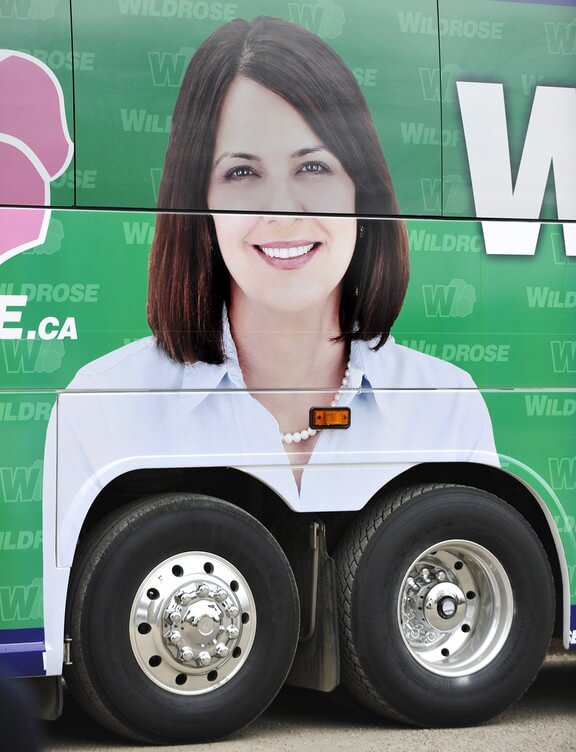
We are almost there. It is beginning to happen. As vaccine rates rise and treatments improve, more and more people taking up their pre-Covid routines. Going into the office, back to school, to the gym, and out and about. It has been a challenging 18 months for the advertising industry. Shutdowns and stay-at-home orders changed the playing field. Digital streaming services and online ordering hit levels of engagement not seen previously, while traditional advertising mediums have had to adapt to empty streets and cash-conscious consumers. But now, as they begin venturing back out into the streets and consumer confidence increases, people are going out and seeing the world around them again, and (out-of-home) OOH advertising is poised to capitalize on it.
Covid -19 and Advertising

Photo Credit: https://s-i.huffpost.com/gen/2529396/images/o-HOLD-OPEN-A-DOOR-facebook.jpg
It has been no secret that the past two decades have seen an increasing shift towards online shopping. For consumers, it is convenient, private, and often, more cost-effective. They can compare prices online easier and use apps like Honey, which searches out discounts for you, optimizing savings. This digital shift has created a challenge for traditional advertisers, as well as their clients. Funneling traffic towards retailer websites, competing in a global economy, and taking advantage of social media, is an ongoing concern, as is differentiating yourself from your competitors.
One way that companies have found to counter those challenges is to engage their audience in the real world to drive traffic in the digital world. A 2017 Nielsen study indicated that of the four types of offline media (TV, Radio, Print, and OOH), OOH was the “most efficient offline medium for generating online activations.” Although only 7% of advertising dollars went towards OOH advertising, it generated 26% of gross search activations. For businesses that used OOH advertising, it meant lower advertising costs with a reach four times that of other offline media.
There were two main reasons for its success:
- People were spending more time outdoors- going out for walks, running errands, attending outdoor events. Especially in summertime, outdoors was the place to be.
- Mobile phone use trends- As they were outdoors more often, people were spending more time on their phones outside of the home. According to the same Nielsen study, 68% of mobile phone use was outdoors. The businesses that advertised outdoors generated more consumer interest than those who focused on Print, Radio, or Television ads.
Large brands like Facebook, Google, Netflix, and Alibaba saw this opportunity and led a push for creative outdoor advertising. This push included traditional and digital billboards, mobile truck ads, and other forms of OOH advertising.
And then COVID hit
By March 2020, most of the world faced the new reality of lockdowns and stay-at-home orders. The foot and vehicle traffic that OOH advertising relied on pulled back as people stayed shuttered in their homes to keep the virus at bay. Vacations were canceled, offices made remote, and the living room became the classroom. By May, many had taken up bread-making and crafting as a way of passing the time, waiting for the world to open up.
With this change, the growth in OOH went down as advertising professionals recommended that companies be more strategic with their advertising dollars. Outdoor billboard clientele shifted from traditional clients to “Streaming services and food delivery” brands, states Candice Simons—the president and CEO of Brooklyn Outdoor. In an article for American Express, she recollects that she has been advising brands to use outdoor advertising in more targeted ways. That “While people weren’t traveling as far in distance, people were leaving their homes with the intention of making a purchase.” She asserts that her advice was for brands to focus their OOH advertising lens on routes towards homes or grocery stores instead of traditional venues. Another sector capitalizing on outdoor billboard space was, unsurprisingly, public health. COVID-19 PSA’s related to vaccine campaigns, mental health supports, and supports for seniors, among other campaigns, became more common as the pandemic wore on.
One trend in 2020 that was more of acceleration than a deviation was the move towards digital. Digital advertising grew by leaps as people opted for in-home streaming for date nights or family movie marathons. Amazon and other online retailer revenue expanded immensely, and stores that thrived on foot traffic had made the switch to curbside carryout. This while major brands ran ads promoting safe, responsible behaviors, showing their socially conscious sides.
These ads promised viewers that we were in this together, that by staying the course, we would come out the other side, and the world would go back to normal. Those promises, 18 months in, are starting to bear fruit.
The “New” Normal
While virus mutations and infection rates are an ongoing concern, with rising vaccine levels and a growing desire to ease the burdens of the past year and a half, people are adapting to the new normal. Vaccination rates have meant that some of the fears over viral transmission at large outdoor events are not being realized and that people are ready for the world to open up again. Brands are running ads promoting a safe reopening, and industries like tourism and hospitality are seeing customers return. But a tight 2020 and 2021 means that the need to be strategic and creative with their advertising remains for many businesses.
And for a world eager to step back outdoors, that means OOH advertising.
OOH Advertising Today
After 18 months of staring at screens, people are ready for a change. As they travel to once-favorite haunts or look for new ones, their eyes will be taking in all the changes around them. Searching out the new businesses and new faces in old surroundings and readjusting to the wide world. For opportunity-focused businesses, this could spell a renaissance.
OOH advertising saw growth in Q2 this year compared with last year. This OOH Today article cites a recent OAAA/Harris Poll that found that “41 percent of consumers reported noticing OOH ads more than pre-pandemic.” The article goes on to state that this rate was 17% higher in cities with populations larger than one million. During this same time, revenue from OOH advertising grew by 31 percent, a growth of 2 billion dollars. An increase in visual attention from people suffering from screen fatigue and a lower cost to run than other media campaigns means that outdoor advertising boosts businesses.
In a field as diverse as OOH advertising, various economical and effective approaches are available.
Mobile Truck Advertising, a New Way Forward

Photo Credit: https://www.onthemovetrucks.com/wp-content/uploads/2018/07/blog-2.jpg
As people are rediscovering the world, now is the perfect time to revisit your OOH strategy. While standby’s such as traditional and digital billboards promise a large number of eyes as drivers go past on the highway, one thing that digital marketing has taught us is the importance of real-time analytics. How many of those eyes are engaging with your brand, searching up your site, or googling your location is data that is crucial to measuring the success of your campaign from day one. One of the best ways to optimize your campaign is to choose a company that can offer those analytics alongside OOH advertising.
Being able to capture those impressions, knowing that not only your target audience was reached but also connected to in a meaningful way, can be the difference between failure and success as the economy starts back up again. Whether it’s hiring on the right staff in a tight labor market or reaching new subscribers. As people search out the new and different of the world, catching their interest involves strategy and creativity. Billboards on the side of the road, several feet off the ground, can command the skyline, but there is something to be said about the visual connection that happens at eye level. Catching people’s attention as they move alongside you. Meeting them at their level.
It is for this reason that many political parties and candidates frequently cover their campaign busses in visually interesting party advertising. The long sides and backs of Greyhound-size busses can become panoramic canvasses that offer three-fold benefits: transportation, advertising, and a convenient backdrop for campaign stops and photo-ops. However, with windows, wheel wells, and doors, as Alberta’s Wildrose Party found out, design can be challenging.

One benefit of using moving or delivery trucks versus busses is that the long, flat panels along the sides and backs of these trucks mean no visual interruptions and less risk of campaign gaffes that create the wrong kind of impression.
An End To In-App Ads
Another reason we may see a shift to creative outdoor advertising is Samsung’s recent announcement that they will be ending the practice of allowing advertising inside their Samsung Pay, Weather, and Theme apps. And Samsung is not the only big brand doing this. It remains to be seen if other phone brands follow suit, as digital privacy and tracking become a growing concern. On Thursday, Apple stated that for its upcoming iOS 15, it would be asking users for permission to display personalized ads to them and requiring developers to do the same. This move comes two weeks after Facebook made a similar move.
Privacy concerns over digital data collection are valid. As the Cambridge Analytica scandal on Facebook has shown, there is growing that needs to be done. If companies are interested in using targeted marketing, it is important to know that those capturing the data ensure that it is stored, used, and managed properly and does not collect personally identifying data.
At Movia, our Beacon Technology does just that. Collects the data our clients need, without violating privacy. This beacon picks up on the Wi-Fi signal that people have left on their phones, registers that phone’s serial number as an impression and nothing else. No personal identifiers, nothing. While the beacon can reach people within a 100 ft range, it cannot go through the walls of buildings, either. So only those who can see the truck may have their impressions logged.
Versatility on the City Streets
While traditional billboard advertising campaigns can last for weeks or months, the budget for longer campaigns may be out of reach for smaller businesses or non-profits who are still recovering from the pandemic or re-opening. Having campaigns that can travel from a farmer’s market to a festival or park outside a local watering hole gives people a taste of the unexpected. It saves on long-term costs associated with ensuring that advertising coverage over a geographical area. Being able to meet people where they are when they are there and move to the next location when they are not is a flexible and creative approach. Mobile truck advertising is less expensive than traditional billboard advertising and offers many of the same benefits, and can be tailor-made to the specific needs of a campaign.
For example, in New York, OOH mobile truck advertising has been used outside vaccination clinics to encourage people to get their jab. While the overall success of that campaign is unknown, that only 64% of the state’s population has received at least one dose means the need for getting people vaccinated quickly to prevent outbreaks and mutations can’t be overstated. Because moving trucks are seen as temporary fixtures, campaigns that use them can spur people to action, the same way that flash sales act on people’s impulse to not miss out.
Moving forward, there will be many challenges that we will need to face in our new reality. And there is much to be learned as to how this pandemic has shaped us. While COVID-19 looks to be here for the long-term, and with climate change and other challenges on the horizon, businesses, and advertisers, by necessity, will have to become more adaptable. Rethinking practices and creating new approaches. One thing is for certain; the world looks quite a bit different than it did 18 months ago.


